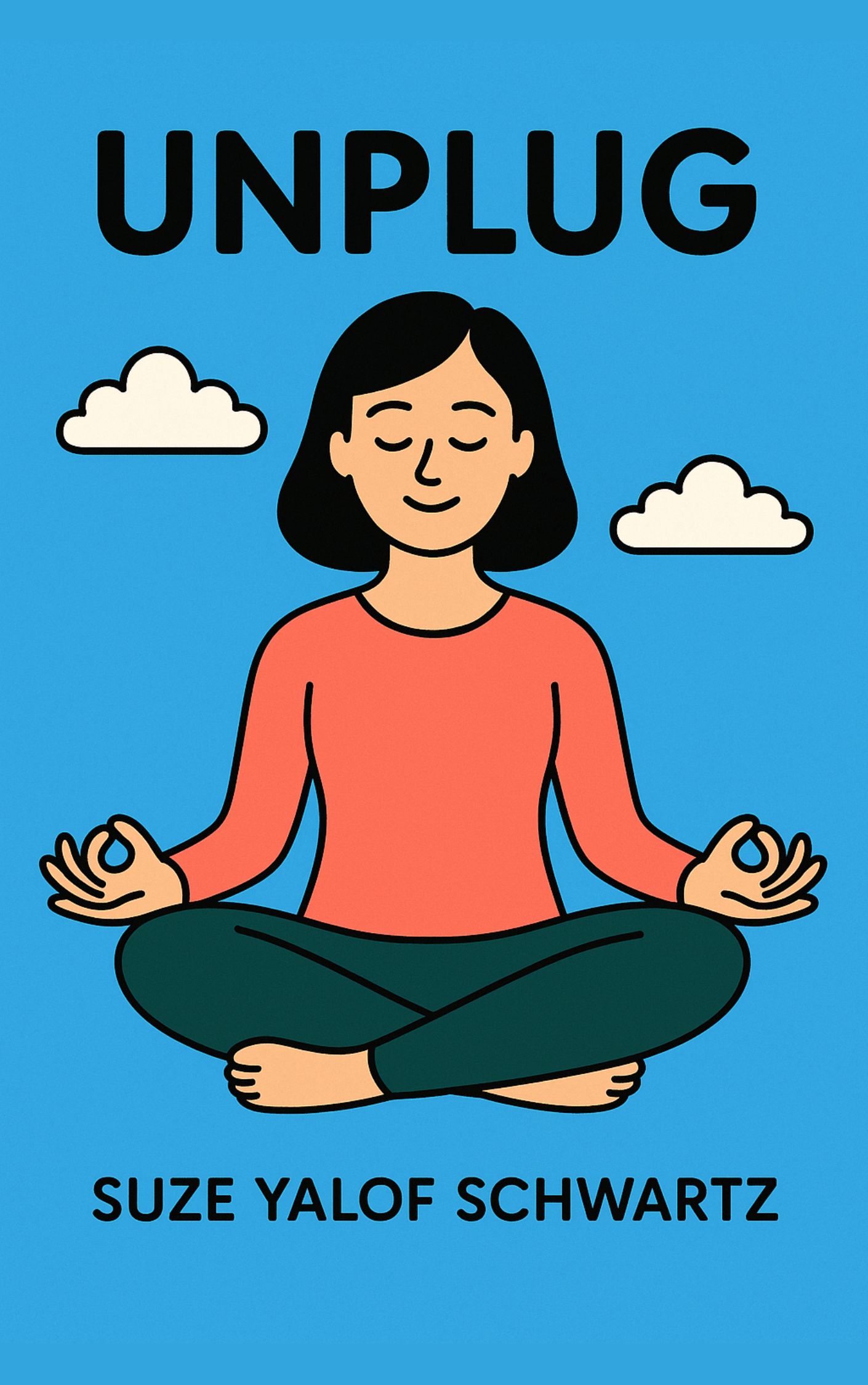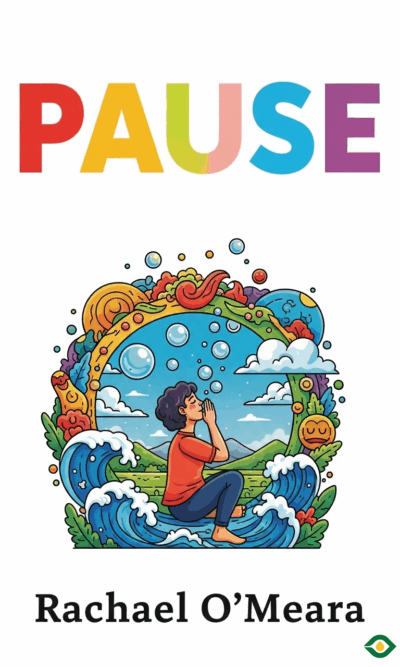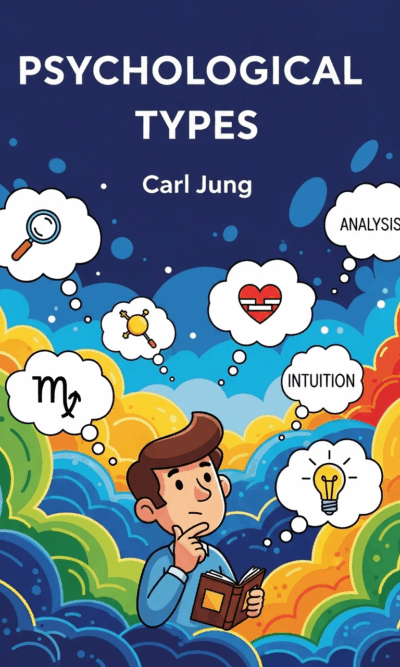Description
Meditation is often misunderstood. Many picture incense-filled rooms, mystical chants, and strict spiritual practices. In reality, it’s simply the act of sitting still, focusing your attention, and training your mind to be present. It doesn’t require special clothing, expensive retreats, or hours of your day. Even ten minutes of daily practice can bring noticeable benefits, such as reduced stress, better concentration, and a deeper sense of calm.
One of the most surprising things about meditation is how it changes the brain. Research shows that regular practice increases gray matter in the areas linked to memory and decision-making, while shrinking the part of the brain that fuels stress and anxiety. This means meditation not only makes you feel better—it can also make you think more clearly. Even beginners see benefits within weeks.
When it comes to timing, many find early mornings ideal. Your mind is still in a calm, slow rhythm, making it easier to focus before the day’s demands begin. But there’s no strict rule—you can meditate during a lunch break, before bed, or whenever you can find quiet moments. Comfort is more important than posture perfection. Sit in a way that feels natural, whether on a cushion, a chair, or even lying down.
Building a meditation habit is easier if you create a small ritual. Choose a regular time and prepare your space in advance—perhaps setting out a cushion, lighting a candle, or playing soft music. Clearing your mind beforehand also helps. Writing down any thoughts, tasks, or worries can prevent them from interrupting your practice.
A simple approach involves six repeating steps. First, choose a focus—this could be your breath, a soothing phrase, or a visual object. Second, settle into a state of relaxed attention. Third, enjoy moments when the mind is quiet. Fourth, when thoughts appear, notice them without judgment. Fifth, gently return your attention to your focus. Sixth, repeat the process for as long as your session lasts. A mantra can be a helpful anchor, pairing words with your breathing rhythm to keep you steady.
It’s important to remember that meditation doesn’t mean blocking all thoughts. Distractions will come, and that’s normal. The skill lies in noticing them and letting them pass—like leaves floating down a river or clouds drifting across the sky—without getting caught up in them.
If traditional methods feel challenging, there are variations to explore. Guided awareness meditation uses imagery, often led by a teacher or recording, to help you focus—such as imagining yourself on a peaceful beach or picturing unwanted thoughts as leaves you can remove from a tree. Sound meditation is another option, using tones from instruments like Tibetan bowls to create both a focus point and a physical vibration that encourages relaxation.
You can also enhance your sessions with extras like aromatherapy or crystals. Essential oils such as lavender, orange, or peppermint can influence mood and energy. Crystals, while not magical, can serve as tactile or visual focus points, adding a grounding element to your practice.
In the end, meditation is less about technique and more about consistency. You don’t need to wait for the perfect moment, space, or tools. Just take a few minutes each day to pause, breathe, and refocus. Over time, you’ll notice yourself feeling calmer, thinking more clearly, and responding to life with greater ease. The real magic comes from simply showing up—day after day—and giving your mind the gift of stillness.





